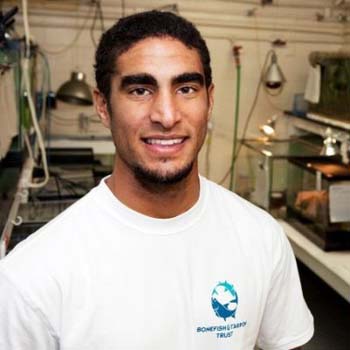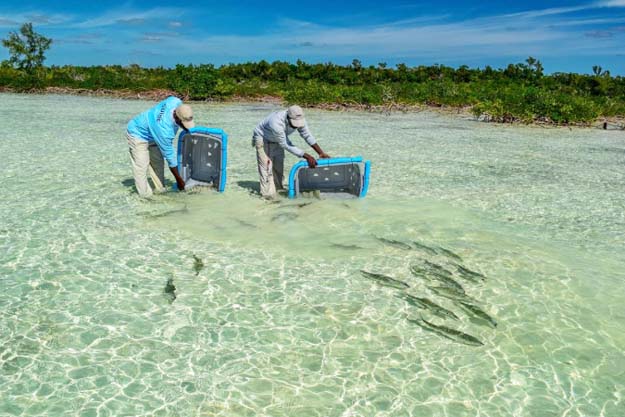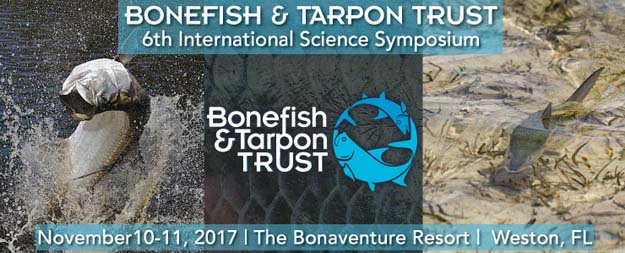Bahamas Initiative Update / August 2017

Justin Lewis, BTT’s Bahamas Initiative.
[dropcap]T[/dropcap]he goal of Bonefish & Tarpon Trust in the Bahamas is to ensure that the flats fishery remains healthy. To achieve this goal, BTT has been working with guides, lodges, anglers, and many scientific and education collaborators to gather the information needed for effective conservation. This includes:
• Identifying bonefish home range habitats, spawning migration pathways, and spawning locations so these habitats can be protected; this has already contributed to the creation of national parks on
Grand Bahama and Abaco to protect bonefish habitats.
• Educating guides and anglers about best practices for catch and release so that bonefish survive aft
er being released.
• Educating Bahamians about the importance of the fishery to the economy and culture.
• Documenting the economic value of the flats fishery.
• Working with guides and lodges to ensure their concerns are addressed by resource managers.
The information BTT gathers in the Bahamas is not only used in outreach and education efforts; it is provided to Bahamas National Trust, The Nature Conservancy, other non-profits, and Bahamas government resource management agencies for inclusion in conservation.
Habitat Identification
Tag-recapture Program. Since 2009, BTT and collaborators have been tagging bonefish to identify habitat use and movements.
So far, we have tagged 12,590 bonefish on Abaco, Andros, Eleuthera, Exuma, Grand Bahama, and Long Island.
Recapture data shows bonefish have small home ranges but will travel long distances to spawn.

Justin with Bahamian volunteer and tagged bonefish. BTT image.
Spawning Site Identification. Thus far, six major pre-spawning aggregation sites have been identified and confirmed on the islands of Abaco, Andros, Eleuthera, and Grand Bahama.
• These sites were identified through a combination of Traditional Ecological Knowledge from fishing guides, tagging, observations, and acoustic tracking.
• Spawning sites are highly vulnerable to development and illegal fishing.
Juvenile Bonefish Habitat Identification. Through BTT’s efforts with collaborators, juvenile bonefish habitats have been identified on Abaco, Eleuthera, Grand Bahama, and Inagua. Research showed that juvenile bonefish use shallow protected bays as a nursery ground, and juveniles co-occur with mottled mojarra, as a defensive strategy called social mimicry.
For more information about BTT’s work in the Bahamas, please contact:
Justin Lewis
Bahamas Initiative
Program Manager
P.O. Box F-43529
Freeport, Grand Bahama
Justin@bonefishtarpontrust.org
NOTE: Featured Image is a bonefish release in The Bahamas. BTT image.



